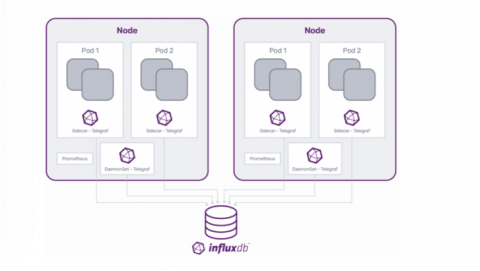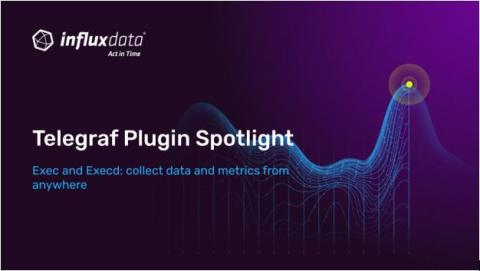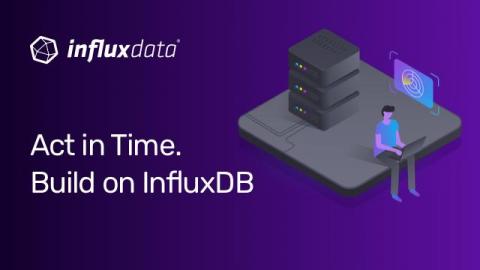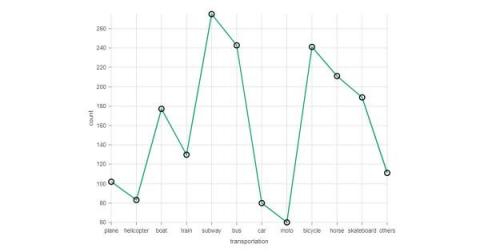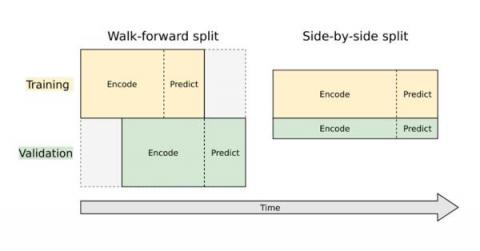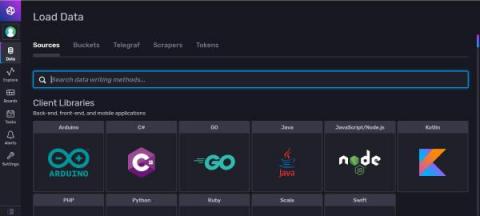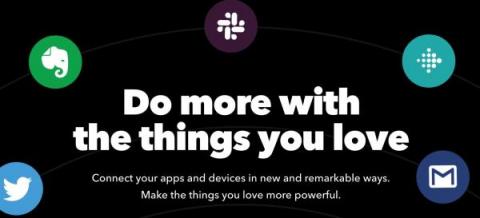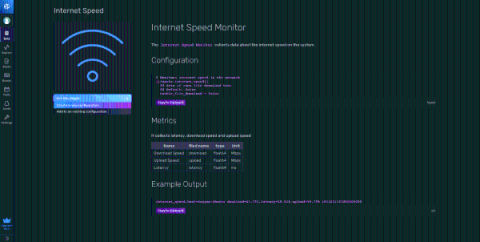Getting Started with the InfluxDB 2.0 API and Postman
Whether you’re using InfluxDB Cloud or InfluxDB OSS, the InfluxDB API provides a simple way to interact with your InfluxDB instance. The InfluxDB v2.0 API offers a unified approach to querying, writing data to, and assessing the health of your InfluxDB instances. Today we want to share a Postman project to help you use the API easily. Postman is “an API platform for building and using APIs”.



